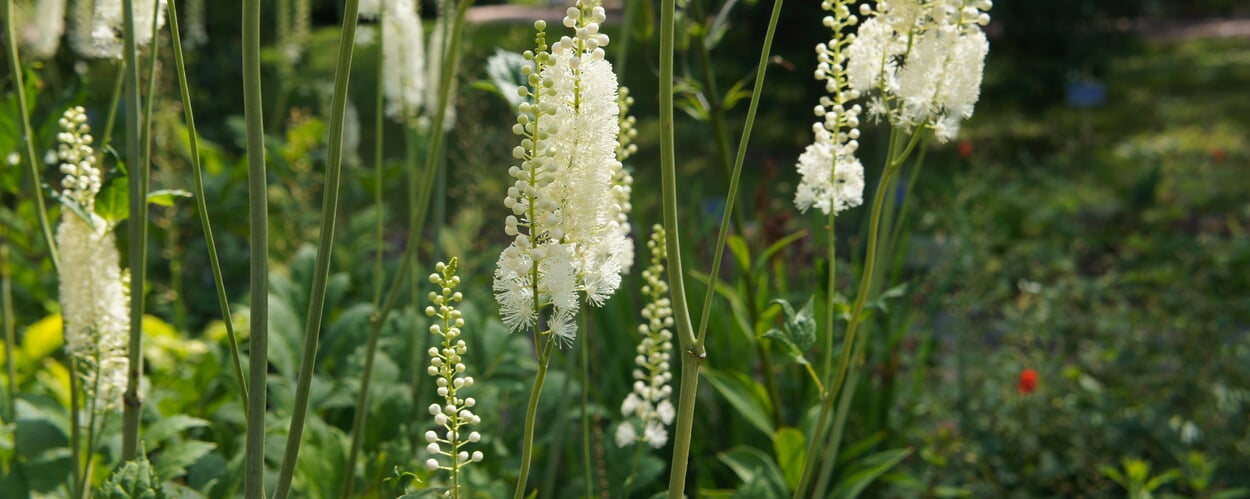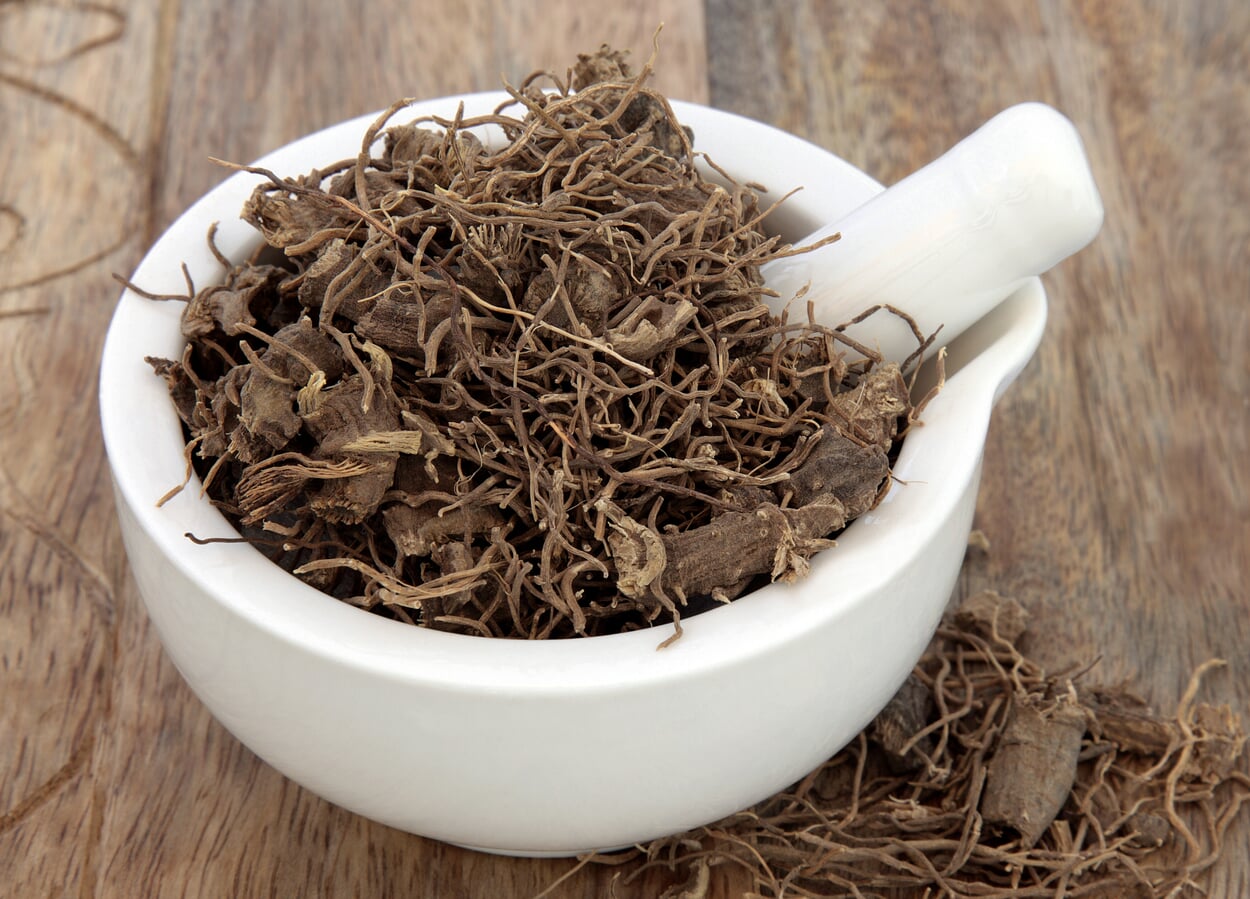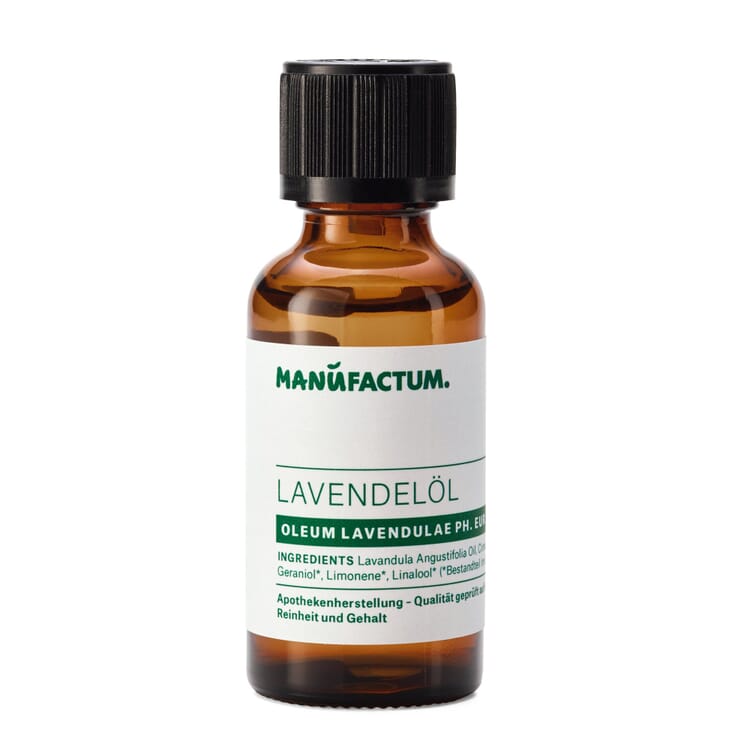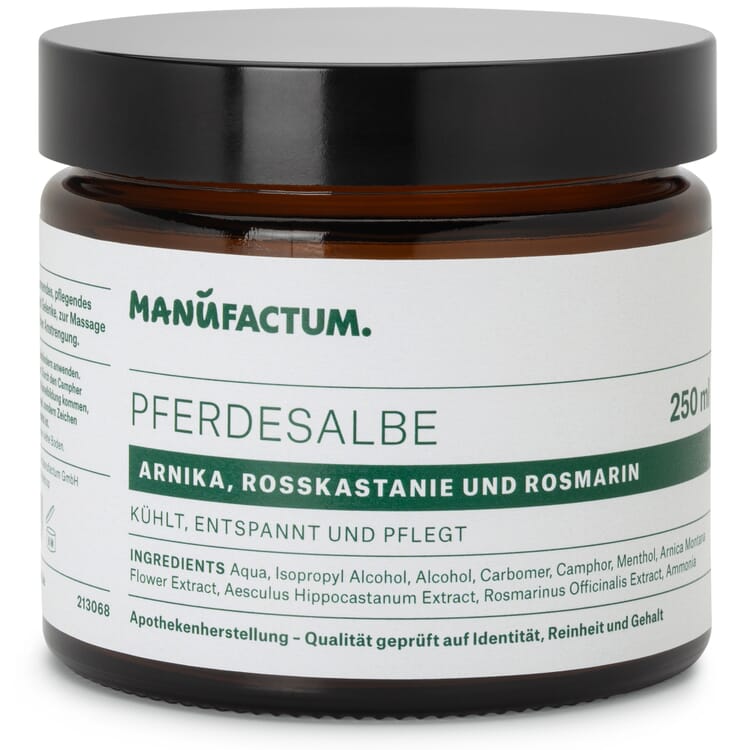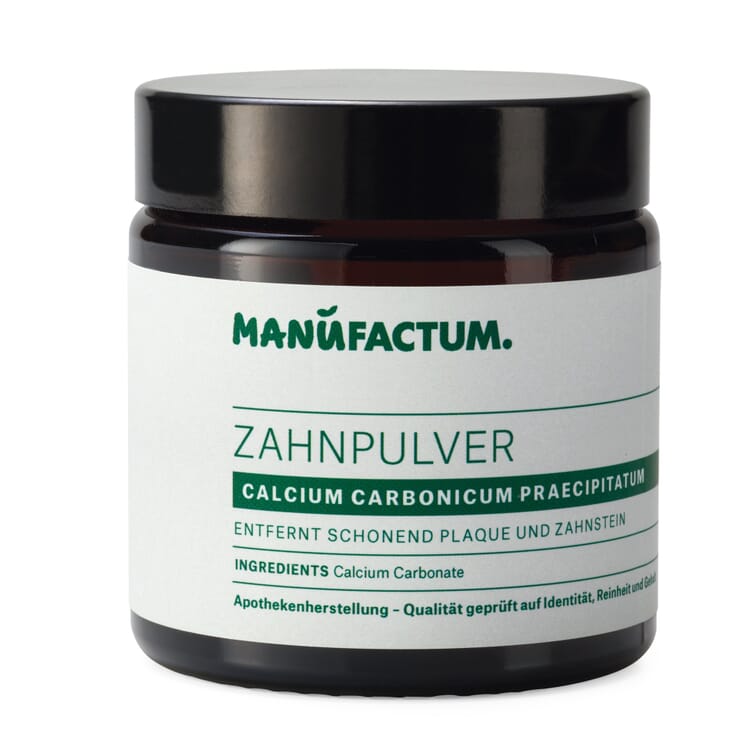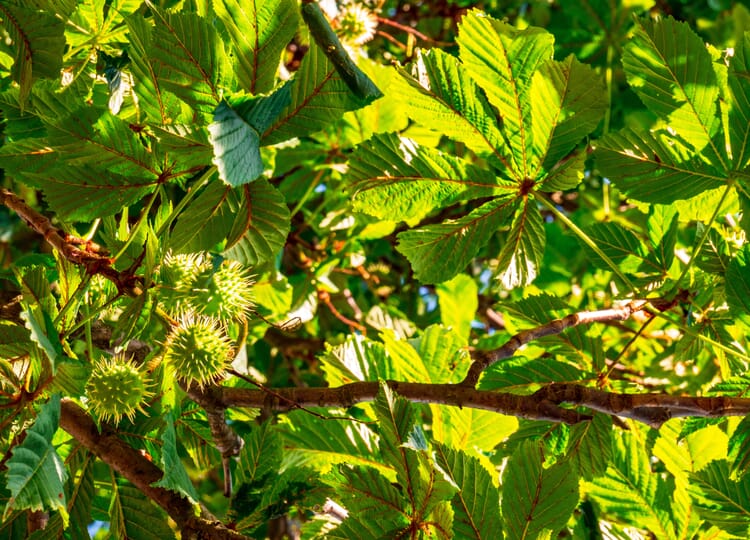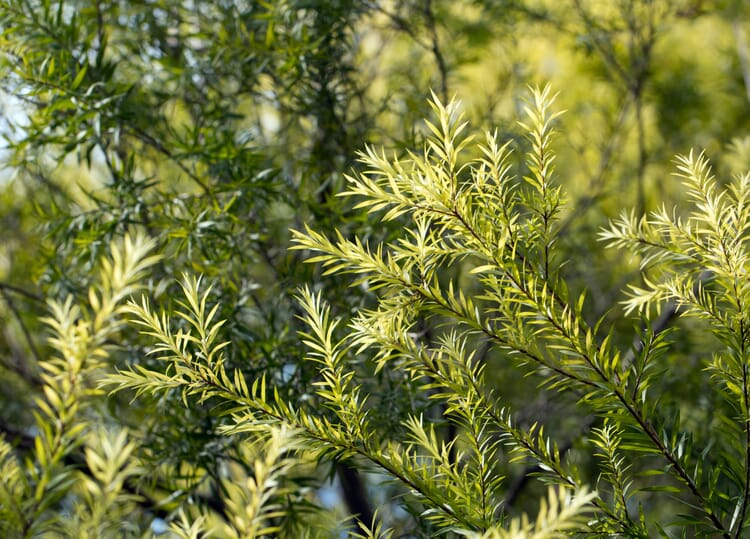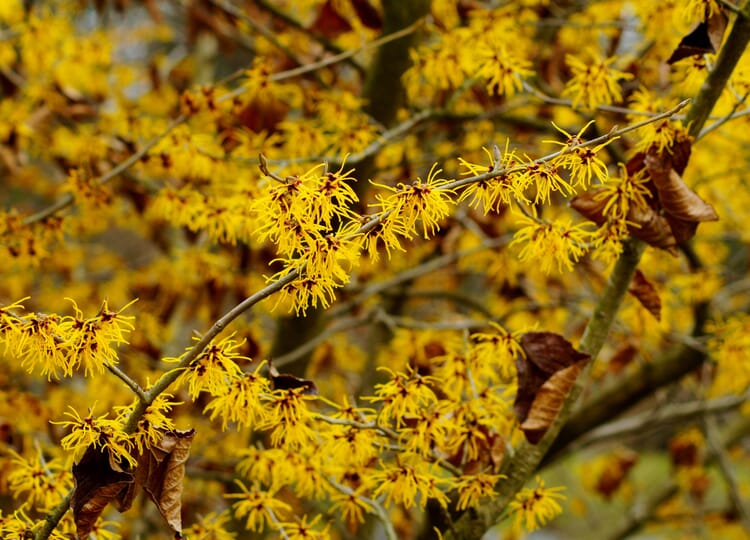Medicinal plants A|B|C
Black cohosh (Cimicifuga racemosa)
Like delphinium and columbine, black cohosh belongs to the buttercup family. Above the multiple pinnate leaves of the perennial and herbaceous plant appear from June to September up to 60 centimeters long, narrow and upright flower clusters. The long stamens of the small, white individual flowers make these flower clusters look downy.
Origin and cultivation.
The black cohosh is native to the shady, damp and cool deciduous forests of eastern Canada and the USA; in Europe it is popular as an ornamental plant near ponds. The irregularly shaped, darkbraunen rhizomes (actually: rhizomes), which are about hand-long and two centimeters thick, are used pharmaceutically. In late fall, they are carefully dug up, coarsely chopped and dried. Some of the rhizomes come from wild collections; in Europe, black cohosh is mainly cultivated in northern Italy, but it is also cultivated in Hesse and Thuringia.
Ingredients.
In its native country, the black cohosh is known as squaw root. The root contains the compounds actein and cimicifugoside, whose estrogen-like effect is utilized by modern medicine. Root extracts influence the temperature regulation of the human body and are thus said to support women during menopause. Actein also has a vasodilator effect. However, those who put their trust in black cohosh need a little patience: the positive effects only appear after several weeks of use.
Products with Cimicifuga
Use of Cimicifuga extract.
- Men apply Cimicifuga externally. An excess of male hormones can result in a shortened lifespan of the hair. As an ingredient in shampoos, the active ingredients of black cohosh are said to displace testosterone from the testosterone receptors at the hair root, thus inhibiting hormone-induced hair loss
- For women with menopausal symptoms, medicines containing extracts of the plant are considered a natural alternative to hormone treatment with estrogen. They help with hot flashes, night sweats, insomnia and mood swings. But women with menstrual cramps and premenstrual syndrome can also benefit from the root extract of black cohosh.
- The native peoples of North America used the black cohosh against cramps and (birth) pains
- In addition to the Cimicifuga species, which originated in North America, there are related species that are native to Asia and have a firm place in traditional Chinese medicine.
Exclusive Manufactum body care products
Recommended Topics
The deciduous tree, which grows up to 35 meters tall, is easily recognized by its palmately divided leaves and the green, soft-spined capsule fruits, which contain one to three shiny braune seeds. The foliage is particularly dense, making the horse chestnut a popular shade tree. In May and June, the white flower corollas appear. Yellow sap stains at the base of the flowers indicate to bees and bumblebees that food is waiting for them here, later the sap stains are red - there is no more nectar in these flowers.
View moreOn James Cook's South Seas expedition of 1770, the crew is said to have missed their tea and, without further ado, learned from the Aborigines how to brew a drink from certain leaves. The traveling botanist Joseph Banks gave the plant, which grows as a tree or shrub, its name: Tea Tree. The strikingly long stamens of its white flowers give it a puffy appearance at flowering time.
View moreThe genus Hamamelis comprises five species, three of which originate from America and one each from Japan and China. However, only the witch hazel is of interest for pharmacy and cosmetics. It is a deciduous shrub that grows up to seven meters high and sometimes also grows as a tree with a short trunk and broad crown. Its bark is palebraun and smooth; the leaves resemble those of the hazelnut. From September to October appear strongly fragrant, pale yellow flowers with very narrow, almost filamentous petals.
View more
